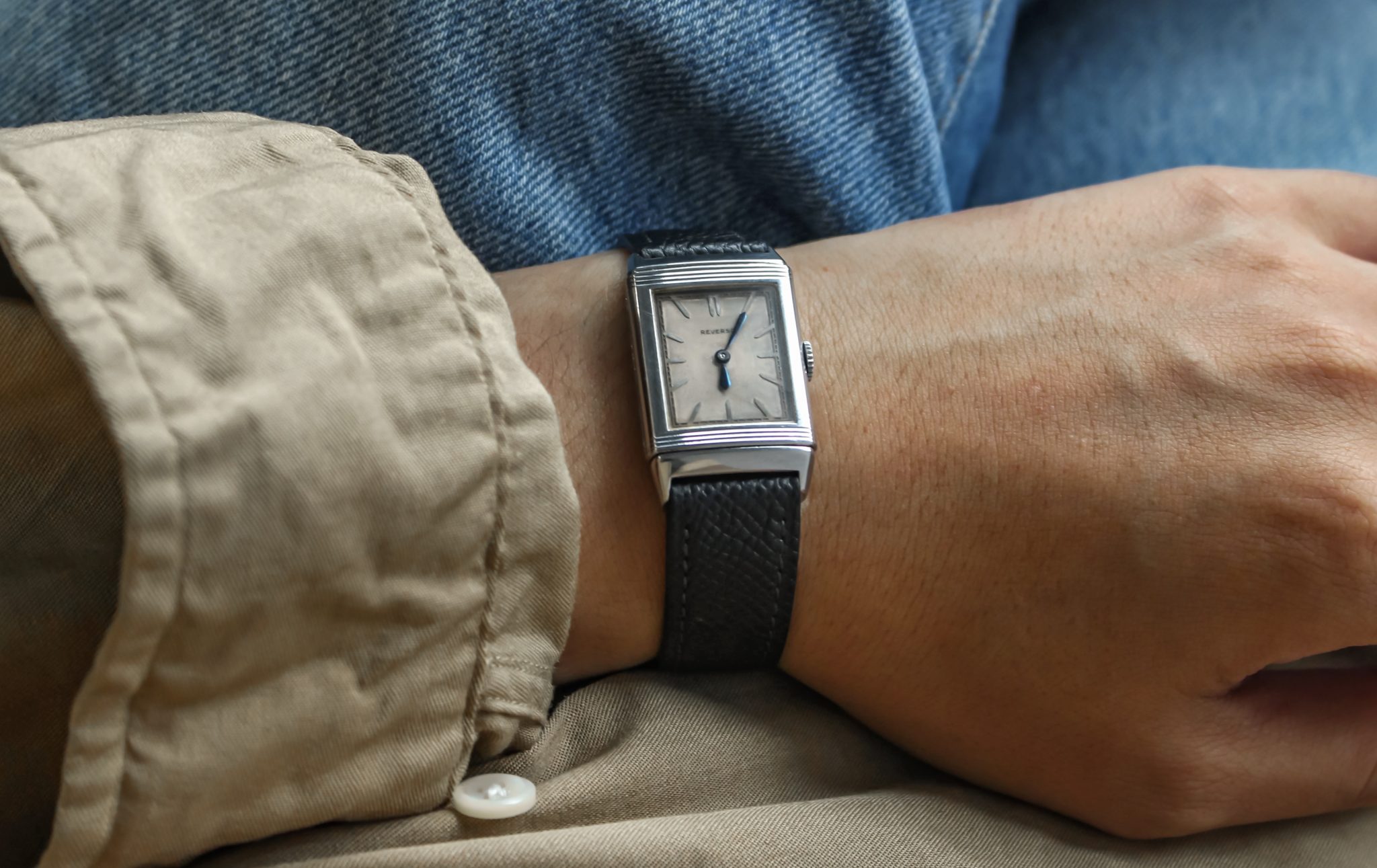
1931 Jaeger-Lecoultre 201 Reverso
This is a 1931 Reverso, but not the sort you’re thinking. It’s not the ultra-thin edition from the 2010s, it was actually manufactured in 1931, the very year the Reverso was released and confirmed on extract. Save for the Cartier Tank, there may be no longer-lived commercially successful design and this is where it started. Moreover, this one has the exact dial configuration the Reverso is known for, where many 1930s iterations have circular tracks or numerals, this is thee Reverso dial. If Bruce Wayne, Batman and famed Reverso enthusiast, had been around in the era Peaky Blinders depicts, this would’ve been his watch. Is there a cooler credential?

The peaceful interim between WWI and WWII yielded many fruitful inventions. The ballpoint pen, nylon, chocolate chips, and helicopters were all first debuted in the early 30s, along with many machine guns. For watch addicts, however, one invention stands above the rest: the Reverso. First created (this contentious and almost certainly apocryphal marketing but go with me here) at the request of an English officer in India to protect its face during polo matches, the Reverso was one of the very first sports watches by definition. That durability saw it become the choice of many officers in WWII, where it quickly associated itself with status. Even Douglas MacArthur later owned one. In the decades since its inception, the silhouette has become something of a dress watch staple for those in the know. Now elevated beyond its initial brief by complication and culture, the Reverso is today to JLC what the Sub is to Rolex.

But what’s truly remarkable is just how little the Reverso has been changed whilst a mainstay of JLC’s lineup. Think of just how many watches can be said to be centenarians. Cartier has a few. Arguably the Calatrava. I’m struggling to think of others whose modern iterations are as little altered as these three. And where a modern ‘1931’ edition will sport a colorful dial, just look at this. The lacquer is gone, what was likely a black dial has faded out to a grey ghost. Its indices and rectangular railroad minutes track are still raised, which means legibility remains. And the heat-blued steel hands look mega with a bit of purple age on them. At 23x37mm, it’s for the slighter wristed amongst us. I certainly couldn’t get away with it. But if you can, what an immense history under 15K USD.

This example presents in excellent unrestored shape to my eye. The case is worn, with a delicate back engraving, but seems wholly original. Its dial is the standout, not restored and surprisingly evenly grey. The blued steel hands look mega. No mention of whether the cal 064 has been recently serviced. It comes with extract from a well-regarded Japanese retailer.








